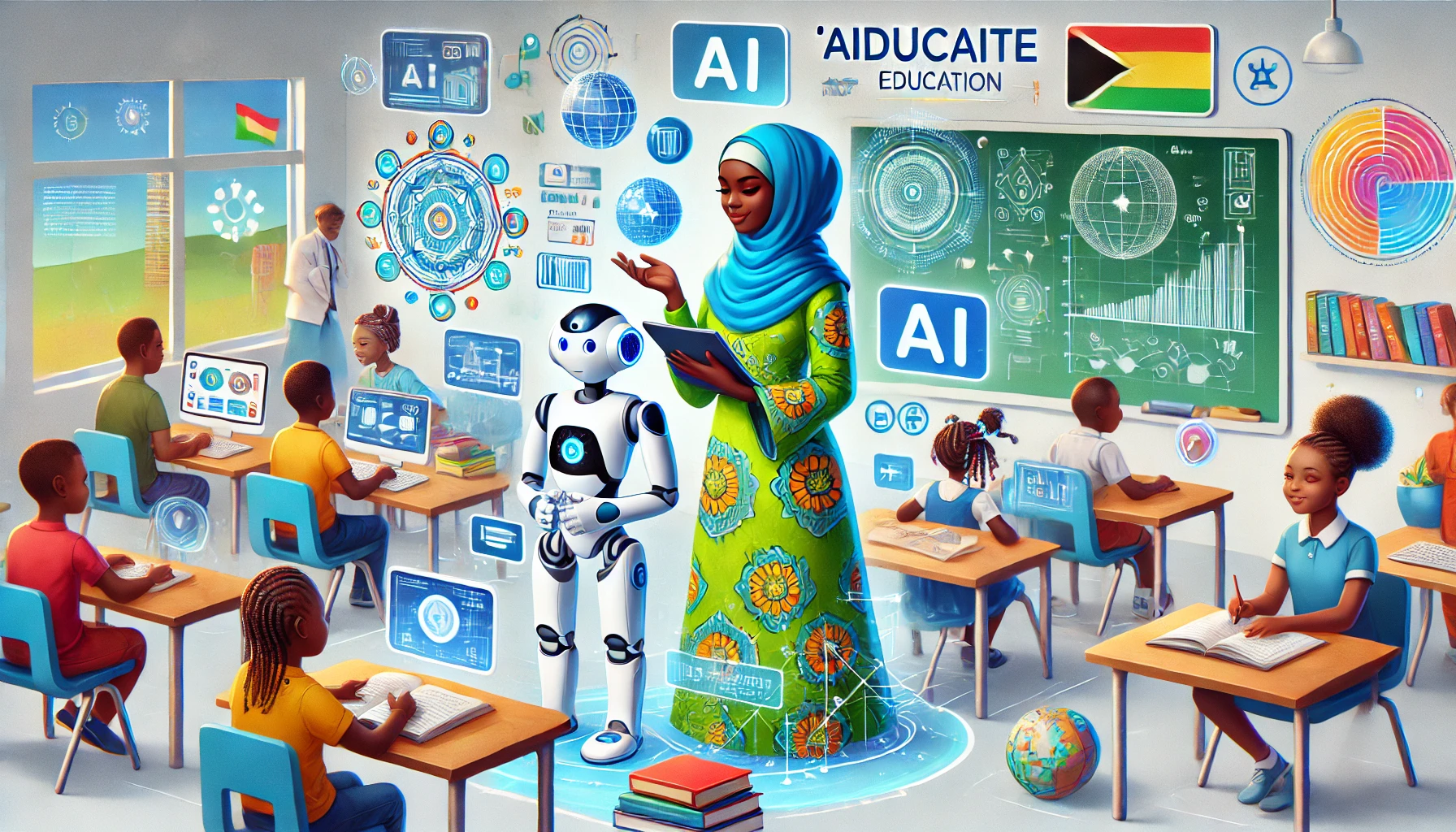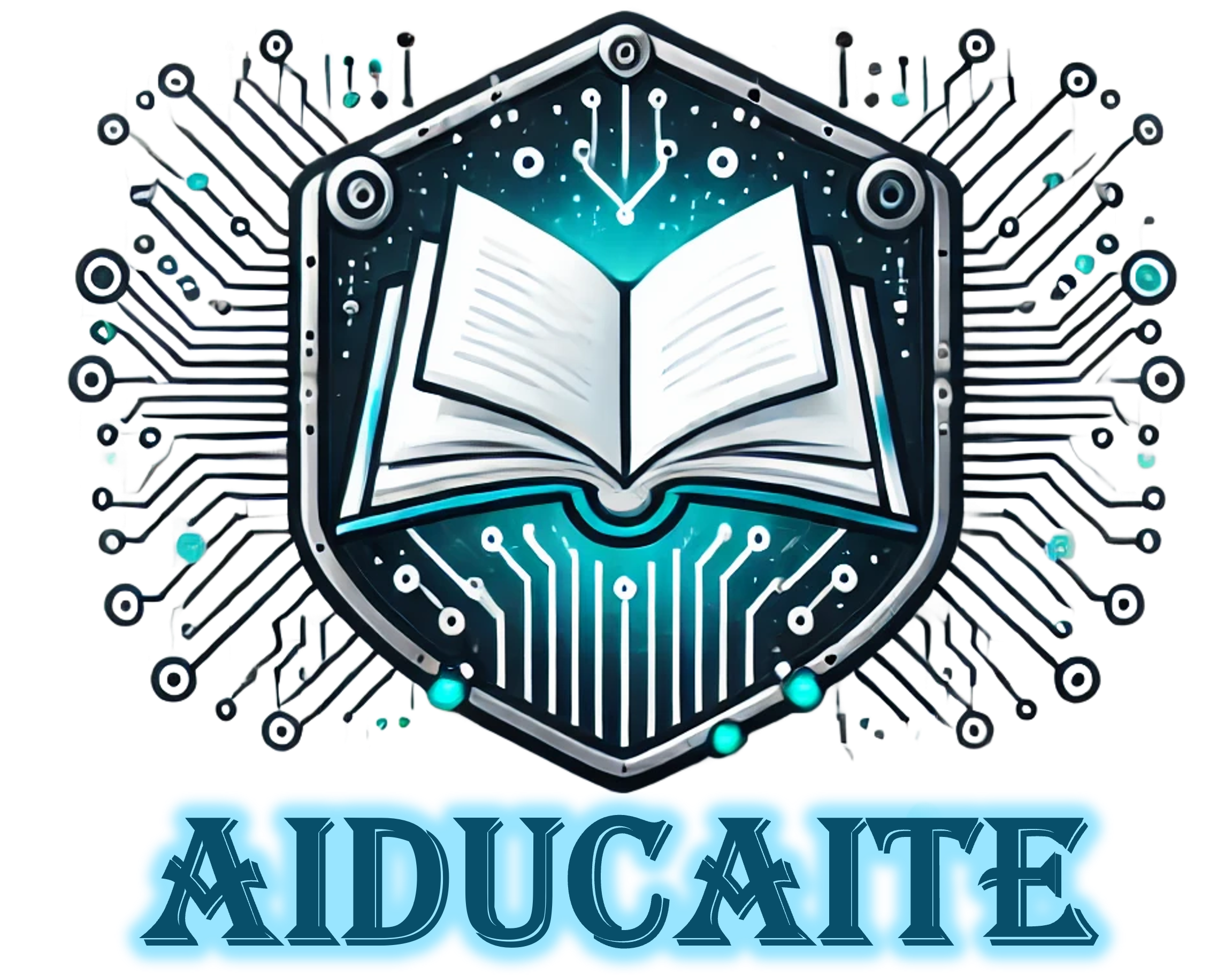Educational Assistance: How AICT Technology Supports Teachers

Introduction
Teaching is a demanding profession that requires not only mastery of the subjects taught but also skills in classroom management, assessment, and adapting to individual student needs. In this context, technology, particularly the integration of artificial intelligence (AI) and Information and Communication Technology which we coin as AICT, offers powerful tools to support teachers. This article explores how AICT (AI + ICT) can help teachers improve their efficiency, personalize instruction, and lighten their workload.
Technology Enhancing Teacher Efficiency
- Automating Administrative Tasks:
- Grading assignments, managing attendance, and organizing schedules are time-consuming tasks that can be automated with AI. Tools like Turnitin and GradeScope use algorithms to evaluate assignments, allowing teachers to focus more on teaching.
- Planning and Organization:
- Applications like Google Classroom and Microsoft Teams enable teachers to manage their courses, distribute resources, and communicate with students and parents more efficiently. These platforms centralize all necessary information, facilitating classroom management.
Personalizing Instruction with AI
- Analyzing Student Data:
- AI tools can analyze student data to identify their strengths and weaknesses. For example, platforms like Khan Academy use algorithms to adapt learning paths based on student performance. This allows teachers to provide targeted support to those who need it most.
- Creating Personalized Educational Content:
- AI can generate exercises and lessons tailored to individual student needs. Applications like DreamBox Learning offer interactive activities that adjust in real-time to student responses, providing a personalized learning experience.
Lightening Teachers’ Workload
- Intelligent Tutoring Systems:
- AI-based tutoring systems, such as those developed by Carnegie Learning, can provide additional support to students outside of classroom hours. These systems can explain difficult concepts, answer questions, and offer extra exercises, reducing teachers’ workload.
- Classroom Management Assistance:
- Classroom management tools like ClassDojo allow teachers to track student behavior, communicate with parents, and maintain a positive classroom environment. These platforms help manage discipline issues proactively, freeing up time for teaching.
Case Studies: Technology in Action
- Bridge International Academies:
- This organization uses technology to train and support teachers in several African countries. Teachers receive tablets with pre-designed lessons, assessments, and real-time feedback, improving teaching quality.
- TechnoBrain:
- Based in Kenya, TechnoBrain develops AI solutions for education, including tools for tracking student progress and classroom management. These tools enable teachers to monitor student performance and adapt their teaching methods accordingly.
- Learnable AI in Nigeria:
- Learnable AI uses algorithms to personalize student learning and provide feedback to teachers. This approach helps identify specific student needs and adjust learning paths to maximize their potential.
Challenges and Future Prospects
- Teacher Training:
- Integrating technology into education requires adequate teacher training. They need to be trained to use these new tools and incorporate AI into their teaching methods. Continuous training programs and practical workshops are essential.
- Technological Infrastructure:
- Adequate technological infrastructure is necessary to fully utilize AI tools. This includes reliable internet access, digital devices, and appropriate software. Investments in school infrastructure are crucial to overcoming these barriers.
- Ethics and Privacy:
- Using AI in education raises ethical concerns, particularly regarding student data privacy. It is important to establish data protection policies to ensure student information is used responsibly and securely.
Conclusion
Technology, particularly artificial intelligence, offers innovative solutions to support teachers and improve education. By automating administrative tasks, personalizing instruction, and lightening teachers’ workload, AI can transform the educational experience. However, to fully realize this potential, it is essential to invest in teacher training, technological infrastructure, and ensure ethical and responsible data use.
With initiatives like AIduCaiTe, Africa is well-positioned to leverage technology and enhance the quality of its educational system, providing every student with the opportunity to succeed in an increasingly digital world.





